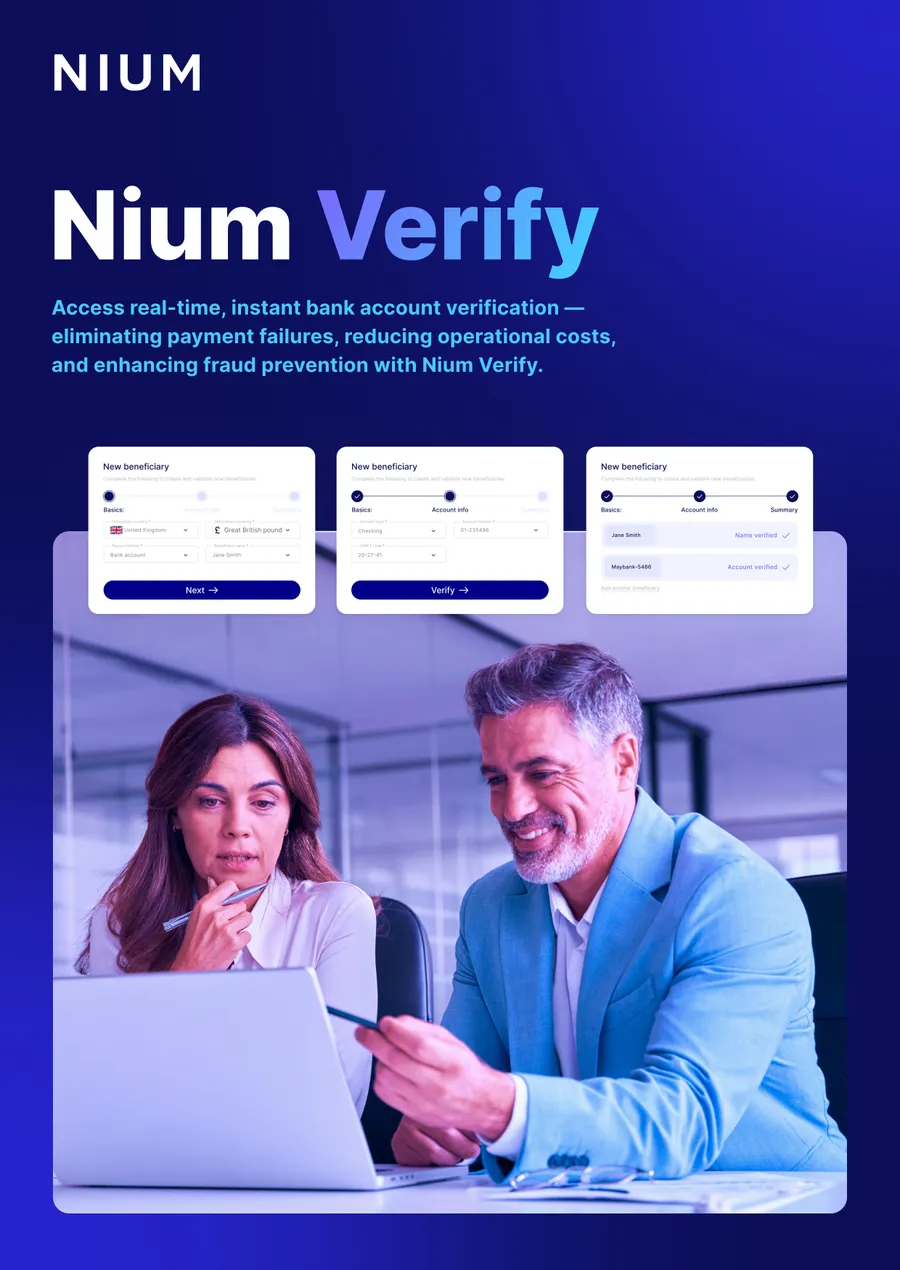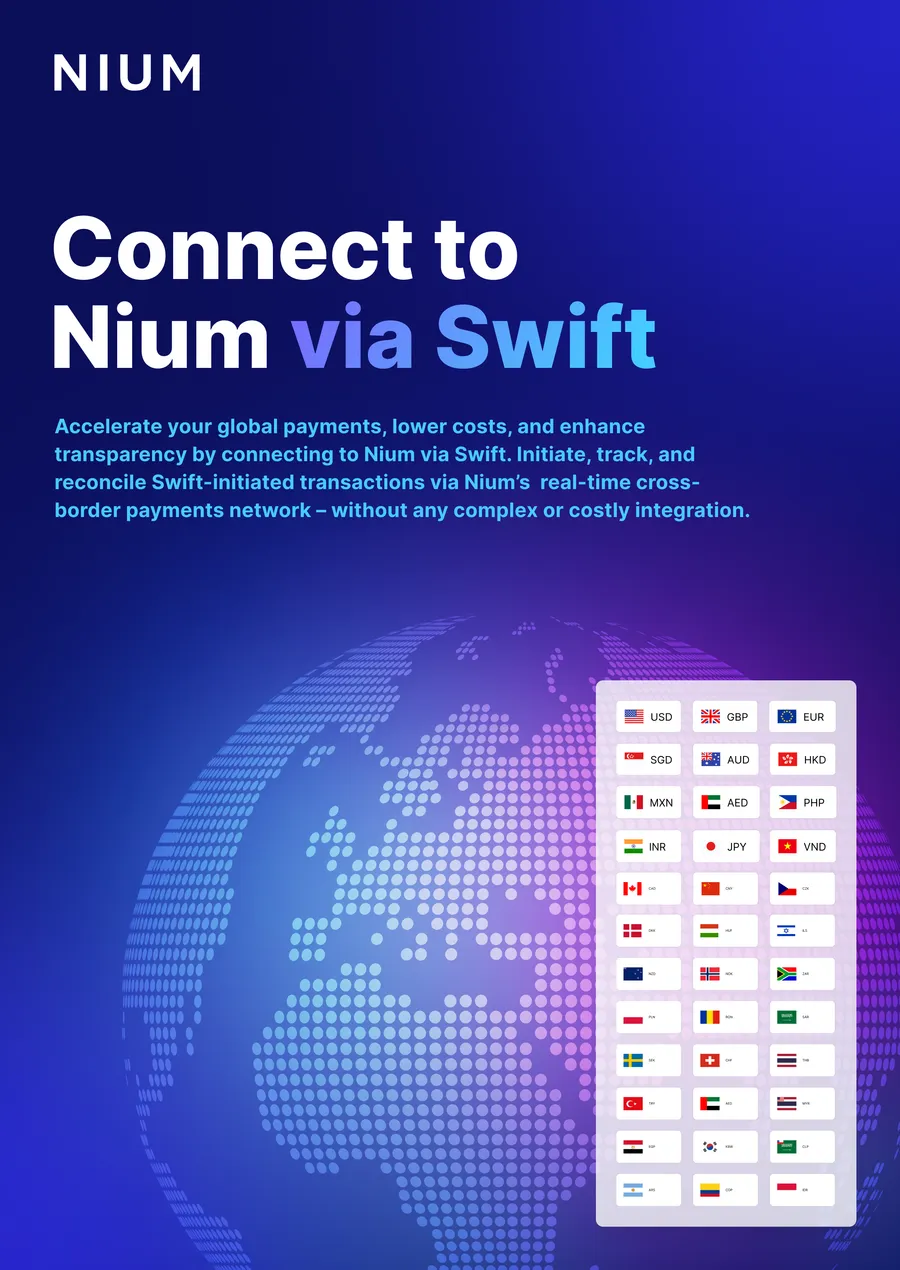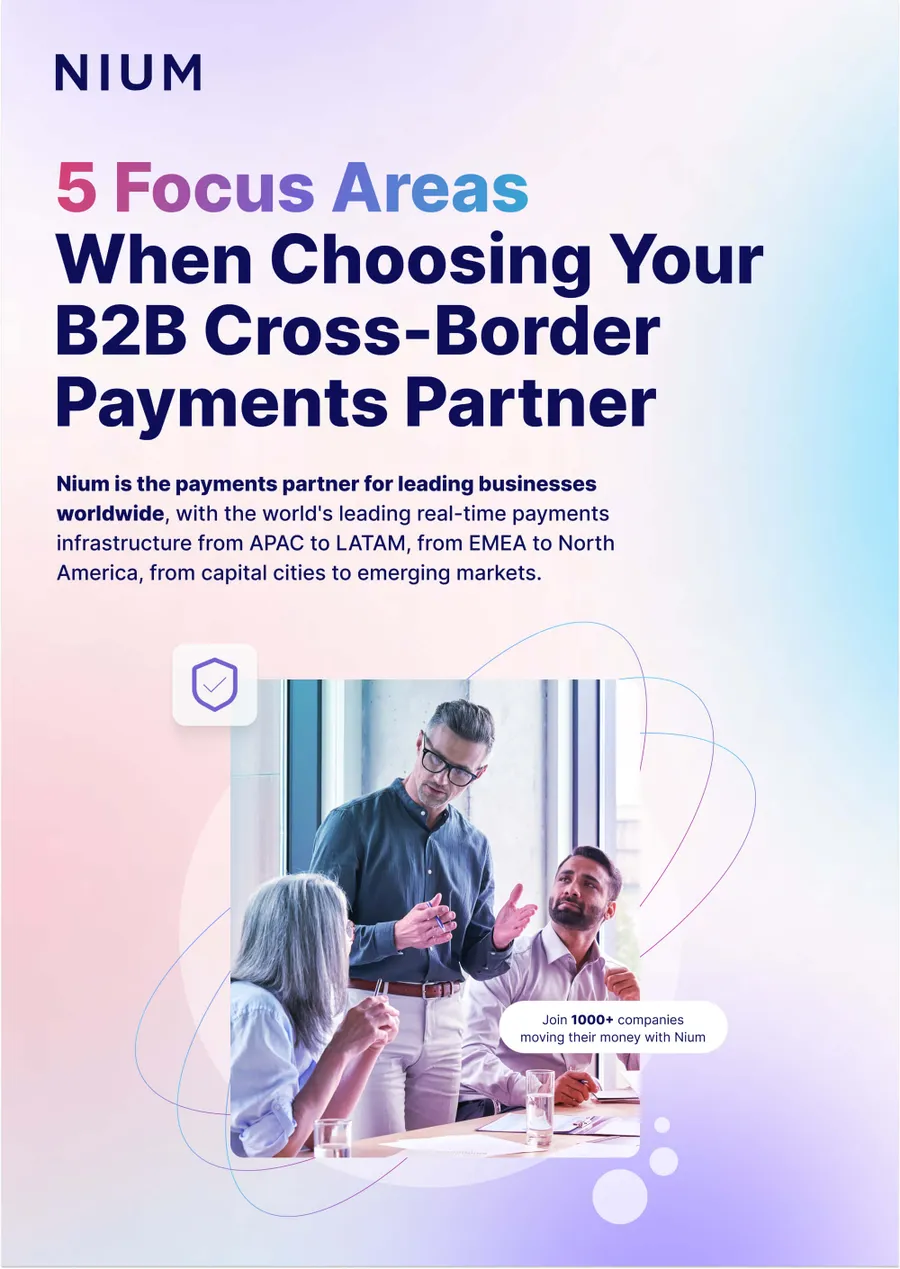The Covid-19 pandemic has seen a massive acceleration in the adoption of digital payments. In what McKinsey called “The Quickening,” US e-commerce penetration saw a decade’s growth in three months during the pandemic, instigating a sea change in how customers order, pay, and interact online. As more and more businesses and customers turn to digital payment processes, there’s a greater incentive than ever to make those processes as smooth and efficient as possible. One of the best ways a business can do that, and extend the lifetime value of their customers, is by offering and embedding digital payments as part of their platform experience.
Simply put, embedded finance is the offering of finance-like services by non-banks. Those services could include accounts, wallets, loans, and payments, and in a sense they’ve been around for a while now. Airlines, for example, have offered cards and loyalty programmes for decades. But it’s the more recent use of application programming interfaces (APIs) to integrate financial services within a digital ecosystems that’s seen embedded finance really take off. For centuries, banks had a monopoly over financial services, but in the early years of the 21st century, a variety of start-ups took to disrupting the status quo. In the beginning, the banks pushed back, but in time both sides came to realise that cooperation worked better than competition, and the advent of open banking made it possible for new, innovative tools to emerge. The opportunity for companies to provide financial services directly to their customers without having to rely on some visible intermediary offers a whole range of advantages, and it’s only going to become more appealing as the digital payments space continues to grow in future.
We’ve said it before and we’ll say it again: a fundamental rule of payments is that the longer it takes for a transaction to process, the less that transaction is worth. This means that anything that can help take friction out of a transaction is worth pursuing. For service businesses and in-app purchases, embedded payments are an obvious choice because they offer a totally seamless user experience. Customers can do everything they need in one place without the frustration of having to click “buy,” leave the platform to verify, then return to finalize the order. Consider companies like Uber and Lyft, their payment processes are so streamlined that if we try to imagine ordering a cab with a non-embedded system, the idea seems nothing short of annoying.
All this doesn’t just mean more efficient transactions for businesses, but a greater reason for customers to come back. It’s not an especially new idea, but it’s an important one. For a case-study, let’s look to Starbucks. In 2015, the coffee giant launched “Mobile Order and Pay,” which allowed customers to order their coffee and pay at the register all with a single embedded app. Today, over half of Starbucks’ customers take advantage of the system to order their products before even stepping foot in a store, and nearly two-thirds use the app to pay. Before Apple Pay took over in 2019, this made the Starbucks app the most popular mobile payments product in the US. The point is, if embedded payments make the user experience easier, customers will use them. It’s a win-win.
So if embedded finance is so clearly the way forward, what’s stopping the next generation of embedded payments from taking off? As with so many things keeping the payments industry from reaching its full potential, the answer is a lack of cohesive underlying infrastructure. Too many businesses are still running legacy systems that can’t work effectively with each other, and as digital adoption continues to increase and promote more demand for the benefits of embedded payments, we’re increasingly going to need payment systems and infrastructure with simple, seamless, and scalable processes at their core.
Given the obvious advantages for both customers and businesses, it seems inevitable that embedded payments will become ubiquitous among businesses who don’t want to get left behind. There may be as many as a million Software-as-a-Service (SaaS) companies in existence in the next half-decade, and across verticals people are increasingly turning to digital payment methods for all kinds of purchases. Given that customers and businesses already have a taste of what embedded payments can offer, it’s unfeasible that companies won’t want to move in that direction in future. That’s why, at Nium, we’re working to simplify the integration of payments within any digital platform business, making embedded finance easy for everyone.



.png@webp)

.png@webp)
.png@webp)
.png@webp)




